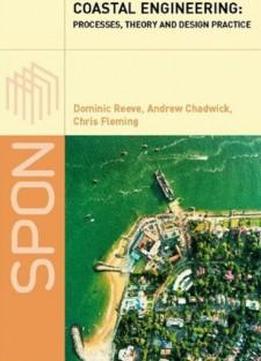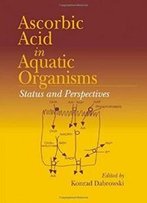
Coastal Engineering: Processes, Theory And Design Practice
by Andrew Chadwick /
2004 / English / PDF
5.7 MB Download
The United Nations estimate that by 2004, in excess of 75% of the
world's population will live within the coastal zone. These
regions are therefore of critical importance to a majority of the
world's citizens. The coastal zone provides important economic,
transport, residential and recreational functions, all of which
depend upon its physical characteristics, appealing landscape,
cultural heritage, natural resources and rich marine and
terrestrial biodiversity. This resource is thus the foundation
for the well being and economic viability of present and future
generations of coastal zone residents The pressure on coastal
environments is also being exacerbated by rapid changes in global
climate. The value of the coastal zone to humanity, and the
enormous pressure on it, provide strong incentives for a greater
scientific understanding which can ensure effective coastal
engineering practice and efficient and sustainable
management.
The United Nations estimate that by 2004, in excess of 75% of the
world's population will live within the coastal zone. These
regions are therefore of critical importance to a majority of the
world's citizens. The coastal zone provides important economic,
transport, residential and recreational functions, all of which
depend upon its physical characteristics, appealing landscape,
cultural heritage, natural resources and rich marine and
terrestrial biodiversity. This resource is thus the foundation
for the well being and economic viability of present and future
generations of coastal zone residents The pressure on coastal
environments is also being exacerbated by rapid changes in global
climate. The value of the coastal zone to humanity, and the
enormous pressure on it, provide strong incentives for a greater
scientific understanding which can ensure effective coastal
engineering practice and efficient and sustainable
management.
Coastal Engineering: Processes, Theory and Design Practice is the
only book providing a thorough introduction to all aspects of
coastal processes, morphology and design of coastal defences. The
use of detailed and state-of-the art modelling techniques are an
important theme of this book, and there are numerous case studies
showing actual examples where mathematical modelling has been
applied through engineering judgement.
Coastal Engineering: Processes, Theory and Design Practice is the
only book providing a thorough introduction to all aspects of
coastal processes, morphology and design of coastal defences. The
use of detailed and state-of-the art modelling techniques are an
important theme of this book, and there are numerous case studies
showing actual examples where mathematical modelling has been
applied through engineering judgement.
With thorough coverage of the theory, and practical demonstration
of the applications, Coastal Engineering: Processes, Theory and
Design Practice is a must have for all students and engineers
working in coastal management and engineering.
With thorough coverage of the theory, and practical demonstration
of the applications, Coastal Engineering: Processes, Theory and
Design Practice is a must have for all students and engineers
working in coastal management and engineering.
.
.











